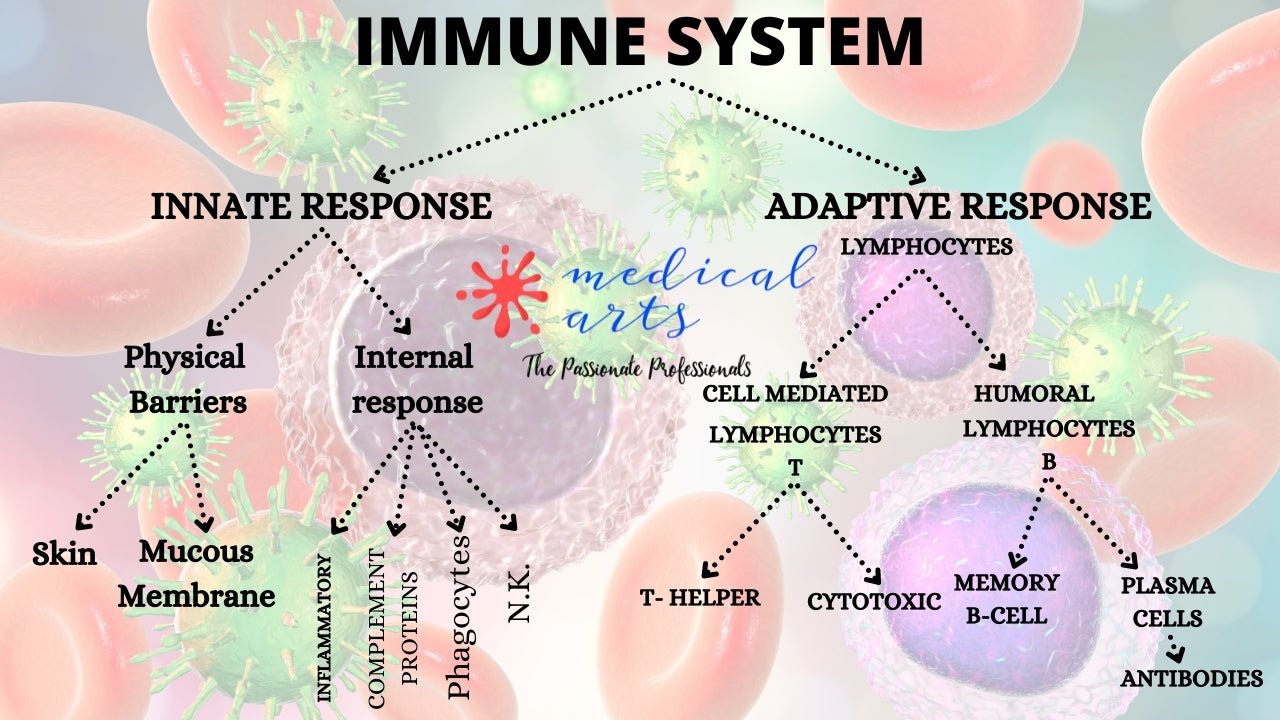Autoimmune diseases!?
An increasing threat to our quality of life
Rheumatoid arthritis
Vitiligo
Some most common thyroid diseases
Are all examples of autoimmune diseases
As we know :
A healthy immune system is the wall of defense against disease and infection.
But if the immune system malfunctions, it mistakenly attacks healthy cells, tissues, and organs.
These attacks can affect any part of your body,
weakening bodily function and shorten your life expectancy!
Autoimmune disease is an abnormal condition caused by the adaptive autoimmune response attacking the body's cells as if they were a virus.
These conditions are becoming more and more common.
The National Institutes of Health (NIH) estimates that 23.5 million Americans are affected by autoimmune diseases.
Stats of 2017 approx. 7% of Americans
Unfortunately, the overall number of cases of autoimmune diseases is rising for unknown reasons!
Women are disproportionately affected compared to men.
Some diseases such as lupus affect ten times more women than men.
Here are the key points of how autoimmune diseases occur
Dysfunction of the immune system will result in activation of T cells or B cells or both,
These functions are typically reserved for invading microbes into our bodies.
Autoimmune reactions usually happen in the absence of an ongoing infection or other discernible cause.
Cytotoxic T-cells directly attack the target cells and lead to their apoptosis.
Phenomena are Also called programmed cell death.
B-cells secret Autoantibodies that also cause damage through several mechanisms. One of them is the secretion of inflammatory cytokines.
An example of an autoimmune dysfunction is Rheumatic fever (RF)
Rheumatic fever represents an autoimmune response triggered by a streptococcal infection, also called strep throat.
RF can be prevented if strep throat is diagnosed early and treated adequately.
Scientists identified more than 80 autoimmune diseases.
Crohn's Disease 1.3% of Americans
Diabetes Type 1
1.6 million Americans
Multiple sclerosis
1 in every 400 people
Rheumatoid arthritis
1.5 million Americans
We will discuss and explain each of those diseases separately in the upcoming videos.
Who is at risk of developing autoimmune reactions?
Epidemiologic studies have demonstrated that genetic factors are crucial determinants of susceptibility to autoimmune disease.
Familial clustering and the rate of concordance for autoimmune disease is higher in monozygotic twins than in dizygotic twins.
However, even in a genetically predisposed person, some trigger is usually required for autoreactivity.
A trigger might be environmental exposure or a change in the internal environment.
An example of an infection causing autoimmune diseases is Guillain–Barré syndrome.
Classification of Autoimmune Diseases
Systemic (as in the case of systemic lupus erythematosus)
Or Organ-specific (as in the case of type 1 diabetes mellitus).
However, the distinctions become blurred as the effect of localized autoimmune disorders frequently extends beyond the targeted tissues, indirectly affecting other body organs and systems.
What are the Symptoms of autoimmune diseases?
The Clinical presentation of autoimmune disorders is disease-specific and often corresponds with the degree of inflammation and the systems involved.
Some of the more common symptoms of autoimmune disorders include fatigue, general feeling of being unwell (malaise), dizziness, joint pain, rash, and low-grade fever.
The diseases may also have flare-ups when they get worse and remissions when symptoms get better or disappear.
Autoimmune disorders can be challenging to recognize and diagnose as they affect multiple organs, leading to highly variable signs and symptoms that can change in severity over time.
Laboratory tests performed to diagnose autoimmune disorders depend on the particular disease the health practitioner suspects.
An investigation usually includes blood tests for one or more autoantibodies.
Tests for inflammation such as C-reactive protein and erythrocyte sedimentation rate (ESR). Give a general idea about the presence of inflammation in the body.
Are autoimmune diseases curable?
Unfortunately, most of these diseases have no cure.
Some require lifelong treatment to ease symptoms.
Treatment varies based on the specific disease, its stage of presentation, and patient symptoms.
The primary goal of treatment is to decrease inflammation, minimize symptoms, and lessen the potential for relapse.
Sometimes doctors prescribe corticosteroids or other drugs that reduce your immune response.
To identify an active disease, we need reproducible and reliable serologic and clinic methods to assess the risk of each autoimmune disease.
For example, the use of the American College of Rheumatology criteria for a response in patients with rheumatoid arthritis allows clinicians to compare the efficacy of various drugs in different trials.
Will A.I. and new technologies help us become more efficient in managing autoimmune diseases? We will discuss this in another video.
Subscribe to support our channel and to learn about our new releases
Thank you for watching!

